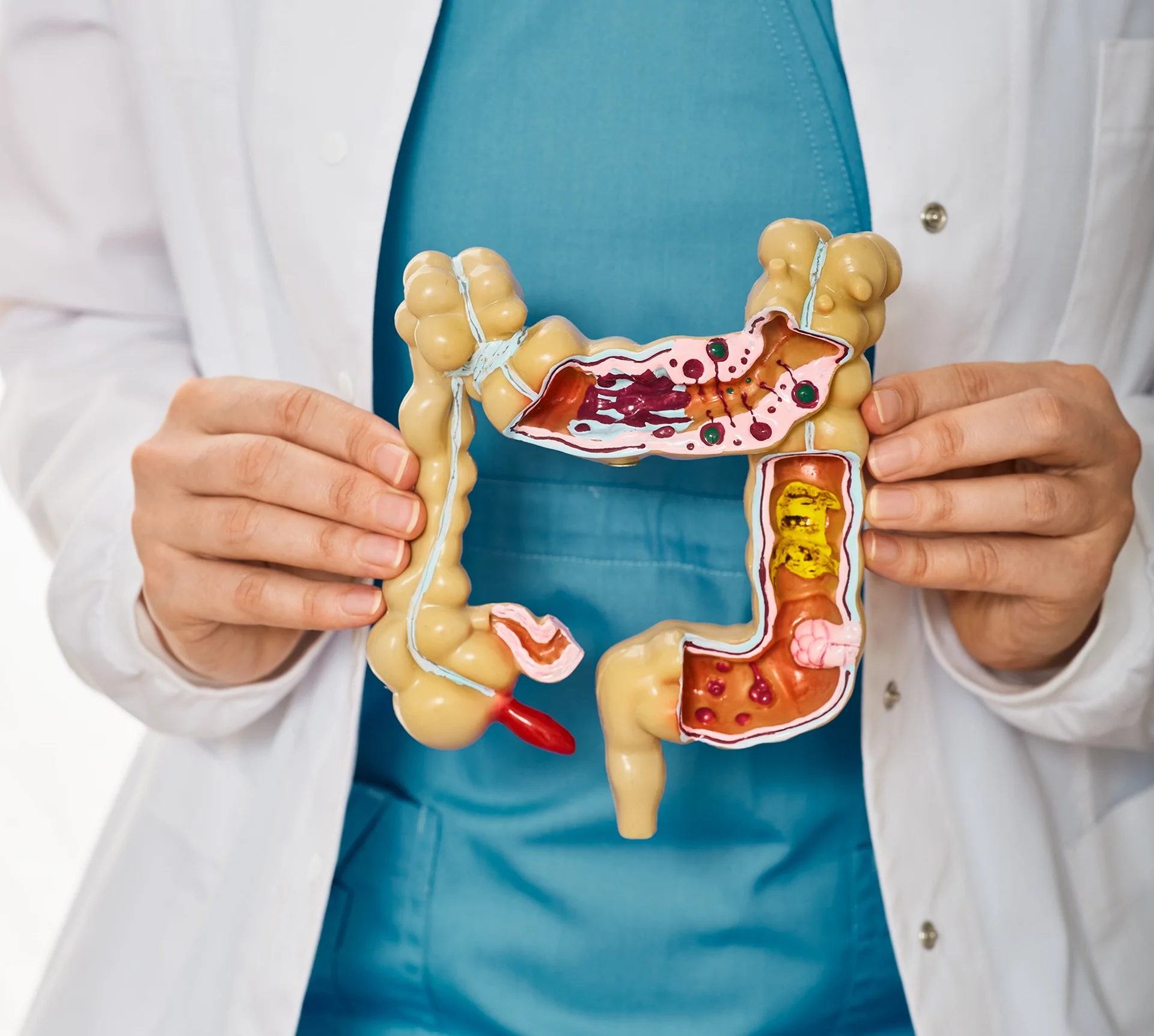Exploring the Role of Enzymes in Histamine Metabolism and Intolerance
Have you ever noticed how some of the foods you eat seem to cause unpleasant digestive issues or physical discomfort? Chances are, you may have histamine intolerance, which occurs when your body has trouble breaking down the histamine in certain foods.
Histamine is a chemical messenger in the body that regulates things like gut function, inflammation, and skin irritation. Under normal circumstances, two key enzymes – Diamine Oxidase (DAO) and Histamine N-Methyltransferase (HNMT) – help metabolize the histamine in foods and keep levels in balance.
However, if these enzymes are impaired or unable to eliminate excess histamine quickly enough, symptoms like bloating, rashes, headaches, and more can develop.
DAO and HNMT are critical for maintaining histamine homeostasis and preventing intolerance. When one or both of these enzymes are deficient or overactive, histamine may build up and cause unwanted symptoms after eating foods high in histamine like aged cheeses, processed meats, sauerkraut, or spinach.
By understanding how DAO and HNMT work, you can determine if you have intolerances, avoid problem foods, and possibly find ways to bring symptom relief.
The Role of Diamine Oxidase (DAO) in Histamine Metabolism
You have Diamine Oxidase (DAO) to thank for keeping histamine levels in check and preventing unpleasant symptoms. DAO is an enzyme found in the small intestine and liver that breaks down histamine in the gut and bloodstream.
DAO helps metabolize the histamine released from foods you eat, especially proteins containing histidine. It metabolizes histamine into harmless metabolites that are excreted in urine. Without enough DAO activity, excess histamine can enter the bloodstream and cause issues like abdominal pain, rashes, hives, and hypotension.
Several factors can impact your DAO levels and effectiveness. Genetic polymorphisms or mutations in the DAO gene may result in reduced enzyme activity, leading to histamine intolerance. Certain medications can also inhibit DAO, such as antibiotics, supplement herbs like St. John’s wort, and pain relievers containing aspirin or ibuprofen long-term.
Low stomach acidity or ability to absorb nutrients (malabsorption) can negatively impact DAO as well. Some research shows DAO may be lower in people with gastrointestinal disorders like Crohn’s disease, ulcerative colitis, or celiac disease.
By understanding these factors, you can determine if low DAO could contribute to your symptoms. You may be able to manage it through dietary changes, reducing DAO-inhibiting substances, or supplementing with digestive enzymes and probiotics. In severe cases, prescription DAO supplements are also available under the guidance of a doctor.
Symptoms Commonly Caused by Low Dao and Excess Histamine
Allergic reactions to foods that shouldn’t bother you, chronic nasal congestion, asthma or wheezing could also signal histamine intolerance. Migraine headaches, especially those preceded by an ‘aura,’ are quite common in histamine intolerant individuals. Other symptoms may include anxiety, depression, insomnia or fatigue.
The Role of Histamine N-Methyltransferase (HNMT) in Histamine Metabolism
Histamine N-Methyltransferase (HNMT) works with DAO to regulate histamine levels, though it acts within cells rather than the gut. HNMT methylates histamine, altering its structure so it can no longer activate histamine receptors that lead to symptoms. This helps control inflammation and maintain immune system balance.
Like DAO, HNMT activity can be impacted by genetics and medications. Polymorphisms in the HNMT gene are associated with a higher risk of allergic and inflammatory diseases by reducing enzyme function. Commonly prescribed medications such as SSRIs, antibiotics, supplements like L-carnitine, and alcohol consumption can also inhibit HNMT enzyme activity.
A deficiency in HNMT may lead to excess histamine that causes symptoms similar to DAO insufficiency. Strategies for managing HNMT-related issues include eliminating or reducing any inhibitory influences, utilizing anti-inflammatory lifestyle changes, and potentially supplementing with compounds that can support enzyme activity like lobeline or theanine.
In summary, DAO and HNMT work together within and outside of cells to break down histamine. Imbalances in either enzyme can result in an accumulation of histamine that triggers unwanted symptoms of intolerance. By understanding how these enzymes and related factors influence them, you gain more control over managing your symptoms.
Relationship Between HNMT and Allergic Diseases

There is an important link between Histamine N-Methyltransferase (HNMT) polymorphisms and increased susceptibility to allergic diseases. Variations in the HNMT gene that result in reduced enzyme activity have been associated with higher risks of asthma, atopic dermatitis (also known as eczema), hay fever, and other allergic disorders.
HNMT helps regulate inflammation in the body by metabolizing excess histamine. When it’s not functioning properly due to genetic polymorphisms, histamine can build up and trigger an excessive allergic response to normally harmless substances. This could lead to conditions like:
- Asthma – characterized by airway inflammation, wheezing, coughing and chest tightness. HNMT polymorphisms are linked to a higher risk of asthma attacks and severity.
- Atopic dermatitis – a chronic skin condition causing red, itchy rashes and eczema. Deficiencies in HNMT may contribute to flare-ups and more persistent symptoms.
- Allergic rhinitis (hay fever) – an allergy that causes nasal congestion, sneezing, runny nose and irritation. HNMT variants have been associated with an increased likelihood of severe seasonal and perennial allergies.
Given these connections, optimizing HNMT function may provide relief for some with allergic sensitivities or disease. Options include reducing histamine-releasing foods, managing stress, utilizing anti-inflammatory essential oils, and possibly supplementing with lobeline which can support HNMT activity. Certain genetic polymorphisms may also be targeted in the future with personalized medications.
In summary, there is substantial evidence linking certain HNMT polymorphisms with a heightened proclivity towards allergic sensitivities and inflammatory conditions. By understanding your own HNMT genotype and employing helpful strategies, you may find ways to better control allergy symptoms and possibly even reduce disease severity or progression.
Diagnosing and Managing Histamine Intolerance
Diagnosing histamine intolerance can be challenging as there are no definitive tests and symptoms mimic other conditions. Some things doctors may check include:
Food journal to identify problem foods containing histamines. Eliminating suspected foods can help determine if symptoms improve, indicating intolerance.
DAO and HNMT activity or levels. Reduced enzyme function could make intolerance more likely but normal results do not rule it out. Activity may change over time or with treatments.
Genetic testing. Screening for polymorphisms in DAO and HNMT genes could assess baseline risk but do not confirm an active intolerance.
Elimination diet. Gradually adding back different food groups to pinpoint intolerances. This “process of elimination” is difficult but considered the gold standard for diagnosis.
IgE testing. Elevated levels of IgE antibodies may point to food allergies or sensitivities rather than intolerance. Most intolerant people will have normal IgE.
Leukotriene testing. These inflammatory mediators are associated with allergies more so than intolerance. Unlikely to be helpful for diagnosis.
Clinical studies on larger populations are still needed to definitively confirm and improve diagnostic methods for histamine intolerance. Doctors must weigh signs/symptoms, test results, response to management changes, and process of elimination to determine if histamine intolerance is present and impacting an individual.
In addition to diet, reducing intake of DAO/HNMT-inhibiting influences, taking digestive enzymes/probiotics, managing stress, and staying hydrated can support balance and relieve symptoms. Continuing to avoid any problem foods while working with your doctor to improve diagnostic tests and isolated DNA/enzyme issues will provide the most comprehensive management approach for histamine intolerance.
The Role of Mast Cells in Histamine Release
Mast cells play an important role in histamine release and allergic reactions. Here are the key points about their function:
Mast cells contain granules rich in histamine and heparin. They release these chemicals as a defense mechanism against foreign substances that may cause harm. However, in sensitive individuals this can lead to unwanted allergic reactions.
When mast cells detect an allergen or perceive a threat, they become activated and release the contents of their granules, including histamine. Histamine then binds to receptors on nearby cells, triggering an inflammatory allergic response.
The histamine released from mast cells is responsible for common allergy symptoms such as sneezing, runny nose, itchy and watery eyes, hives, and swelling. It also contributes to more severe reactions including anaphylaxis.
Other mediators released from mast cells include leukotrienes, prostaglandins, and cytokines which further amplify inflammation and immune system activation.
Some people have an overactive or hypersensitive mast cell response. In these individuals, mast cells may release histamine inappropriately in response to normally harmless substances. This can lead to chronic allergies, asthma, atopic dermatitis, and other inflammatory diseases.
Mast cell stabilizers and antihistamines work by preventing the release of histamine and other mediators from mast cells. This helps block allergy symptoms and provides relief for those with hyperactive mast cell activity.
Factors like inflammation, stress, intestinal permeability, pollution exposure, and certain foods/additives may trigger an exaggerated mast cell response in sensitive individuals. Controlling these triggers is key to managing symptoms.
While mast cells play an important protective role, an overactive response can lead to negative health consequences. Understanding how they function helps determine the underlying causes of allergies and develop comprehensive management strategies. Please let me know if you have any other questions about mast cells or histamine release. I can provide more details and guidance on this topic.
Conclusion
In conclusion, Diamine Oxidase (DAO) and Histamine N-Methyltransferase (HNMT) are vital enzymes that help regulate histamine levels in the body. When they are impaired or unable to metabolize excess histamine properly, it can lead to unpleasant symptoms of intolerance like bloating, rashes, headaches, and more.
Understanding how DAO and HNMT function, the factors that influence them, and their connection to conditions like allergies provides insight into potential management strategies. Some helpful approaches include reducing histamine intake, controlling triggers, optimizing enzyme function, managing stress, and possibly supplementing with cofactors or prescription medication under medical guidance.
However, diagnosis of histamine intolerance remains challenging as there are no definitive tests. Doctors must consider symptoms, eliminating problem foods, examining enzyme levels/activity/genetics, and response to treatments in determining if intolerance could be present or impacting a patient.
Further research is still needed to improve both diagnosis and treatment of histamine intolerance. Larger studies on how DAO, HNMT and other mechanisms regulate histamine may lead to targeted medications or supplements. Developing sensitive and specific diagnostic tests could help doctors ruling in or out intolerance in an objective, data-driven manner. Advances will also enable prevention and better management of related disorders linked to impaired histamine metabolism like allergies, asthma, inflammatory bowel disease, and migraine.
Visit SeeBeyond Shop
Looking to manage your histamine intolerance symptoms? Look no further than SeeBeyond Shop! Our selection of low-histamine foods and supplements can help you reduce histamine levels and alleviate symptoms. Visit our online store today and start feeling better tomorrow!
